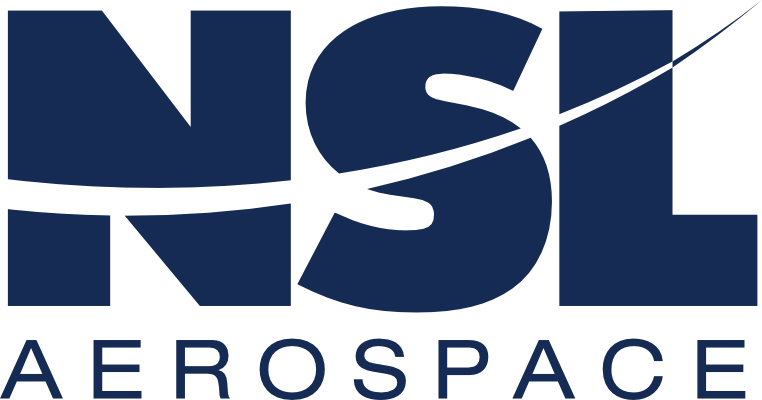Corrosion Inhibiting Plane Sealants: Types & Selection Tips
Applying corrosion inhibiting plane sealants protects one of the biggest investments for businesses and individuals: their aircraft. Corrosion-prevention sealants are a workhorse in aviation adhesion. Whether you have a fleet of airplanes or a personal airplane, corrosion inhibitive sealants are a must for maintenance and repair. These sealants can prevent water from becoming an expensive and extensive issue.
How Do Corrosion Inhibiting Plane Sealants Work?
Corrosion occurs when metals are exposed to an agent that promotes electrochemical reactions. This can be metal-on-metal contact, metal connecting a cathode and anode, or exposure to an electrolyte (the most common being water).
Corrosion inhibiting sealants create a sealing barrier between metals and corrosive materials, to prevent electrical reactivity. This barrier creates a buffer between metals and corrosion-causing agents.
Most aircraft corrosion sealants contain polysulfides. Additionally, the aerospace industry mostly relies on liquid corrosion inhibiting sealants since they offer even coverage in tight spaces, hard-to-reach areas, and as a means to fill any tiny gaps.
Why Polysulfides Work Well as Aerospace Sealants
Polysulfides are known for their rubber-like texture and structure, making them flexible with high elasticity at low temperatures. Polysulfides also offer ozone resistance, chemical resistance, and prevent fluid leaks such as aviation fuel. All of these characteristics make polysulfide-based corrosion-inhibiting sealants an excellent choice for airplanes.
As for fuel tanks, polysulfides withstand sulfur compounds in aviation fuels.
In addition to its ability to flex, for instance in response to jostling like that which occurs during the initial impact of landing, polysulfides also offer a strong, long-lasting seal that weathers well through a wide array of conditions. The strong bond formed by polysulfides makes it ideal for maintaining the pressure of an aircraft cabin. This is why it is applied as an aircraft window sealant.
NSL Aerospace's aircraft corrosion polysulfide-based inhibitive sealant prevents corrosion from water, long-term weathering, oils, lubricants, and fuel.
Polysulfide-Based Corrosion Inhibiting Sealants Work On:
- Aluminum
- Magnesium
- Titanium
- Steel
- Other common aircraft substrates
Where Can You Use Aircraft Corrosion Prevention Sealants?
When it comes to an aircraft's fuselage, polysulfides are the industry standard in sealants. They are also used for sealing aircraft windows and other airplane parts. You can apply corrosion-inhibiting aircraft sealants to airplane fuselages including:
- Windows frames
- Skin-to-stringer contact points
- Tie joints
- Skin splices
- Skin doublers
- Fuel tanks
- Faying surfaces
- Fillet Seals
- Nonaluminum exterior fasteners
- Nonaluminum parts that extend into the fuselage
- Empennage
- Pressurized bulkheads
- Wheel well
- Chord-to-skin joints
- Web-to-chord joints
Choosing a Corrosion Inhibiting Airplane Sealant
When selecting the best aerospace sealant for corrosion prevention, you want to be sure that the product you choose meets safety standards and will meet your strength needs as well as curing conditions.
PMA vs. OEM Aircraft Corrosion Prevention Sealants
You can find Original Equipment Manufacturer (OEM) and Parts Manufacturer Approval (PMA) corrosion inhibiting sealants. The difference between OEM and PMA sealants is simply a case of which came first. OEM sealants are the "original" sealants--they were manufactured first.
While PMA sealants offer customers a potentially more affordable equivalency to the original parts,
PMA and OEM Corrosion Prevention Sealants both:
- Perform the same function--inhibiting corrosion
- Can be used on fuselages and fuel tanks
- Must pass the FAA's safety standards for aircraft
Benefits of PMA Corrosion Inhibiting Airplane Sealants
PMA corrosion inhibiting sealants come with many benefits for aircraft manufacturers, maintenance businesses, and repair companies. Price is often the most obvious, however, PMA adhesives also offer:
- Improved performance
- A workaround for supply chain issues
- Shorter lead times
Curing Time
Choose a corrosion inhibiting sealant with a cure time that works for your timeline. NSL's PMA sealant such as NSL870 Class B has a cure time ranging from 24-72 hours.
Strength and Flexibility
The strength of corrosion inhibiting sealant is measured in tensile strength. You will also want to compare sealants' elongation and peel strength.
Consistency
Liquid corrosion prevention sealants come in different levels of flow. Low flow sealants and a more paste-like consistency allow for easy application, less mess, and full coverage.
NSL Aerospace Corrosion Inhibiting Plane Sealant: Your Best Choice
NSL Aerospace has been a trusted distributor of the best aviation sealants and adhesives, including corrosion inhibiting sealants for over 30 years. Our NSL870 Class B replaces P/S 870 Class B and offers a strong bond with long-lasting corrosion prevention and can be ordered now. In addition, we package and distribute WS-8070 Class B, CS3213 Class A, B, and C, CS3330CI Class A and B, and CS5500CI Class A and B.
